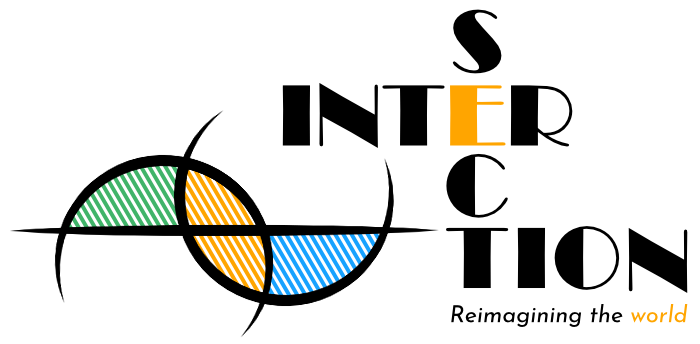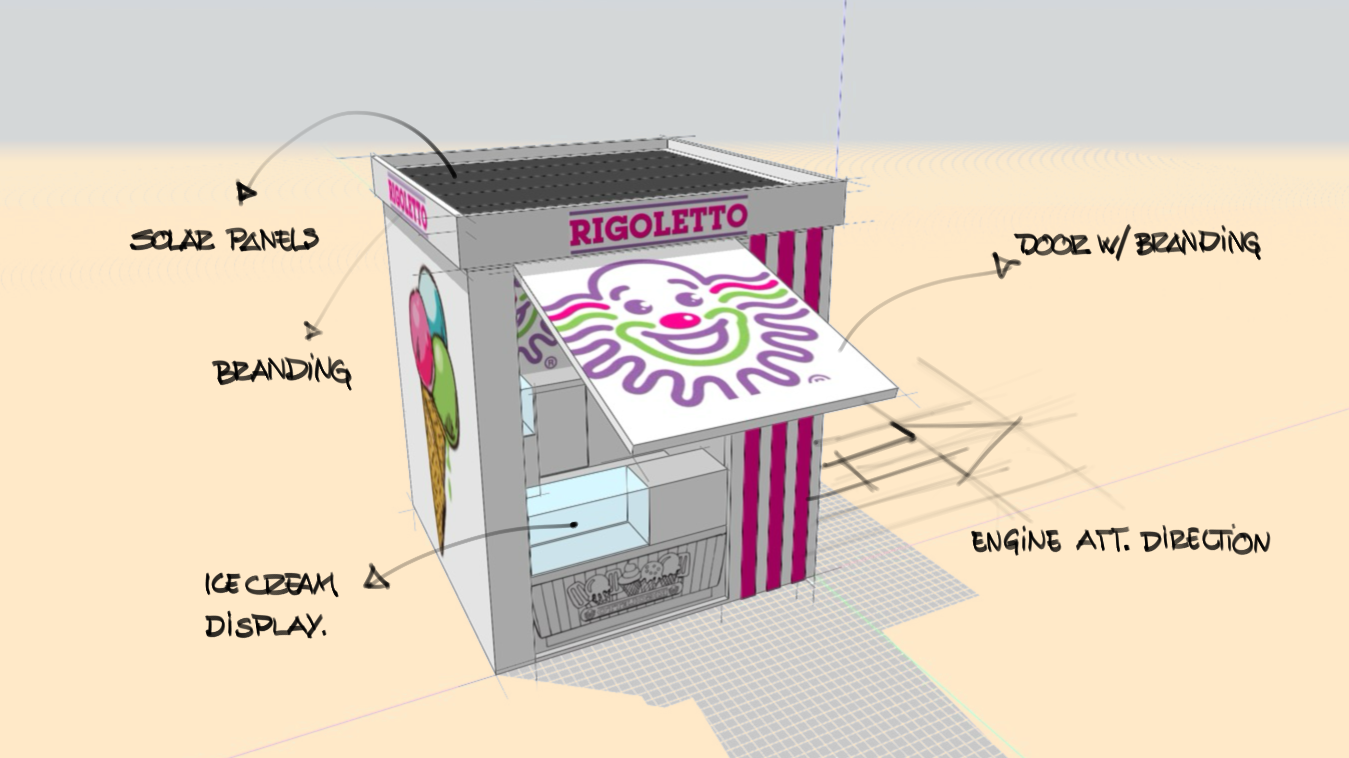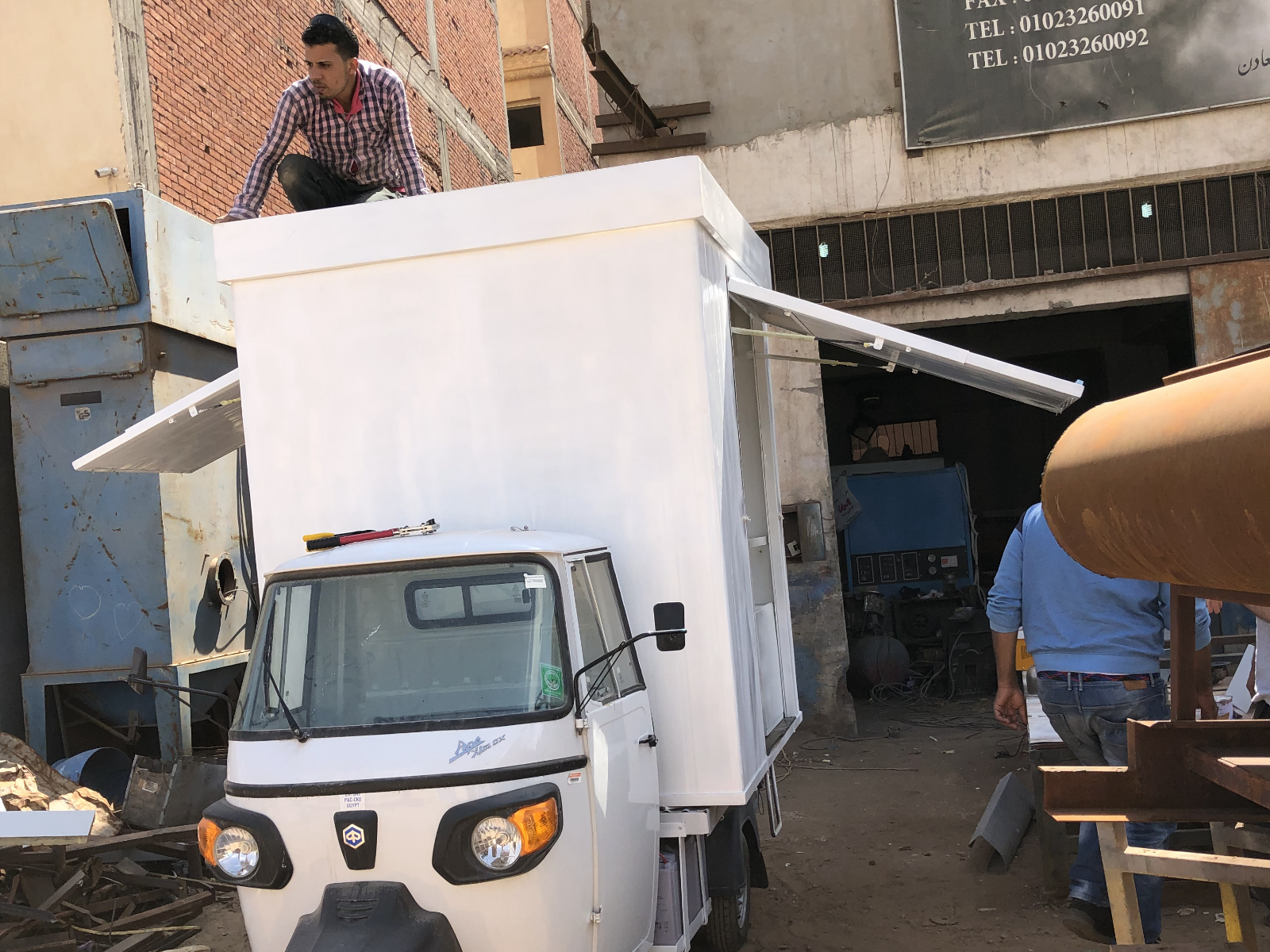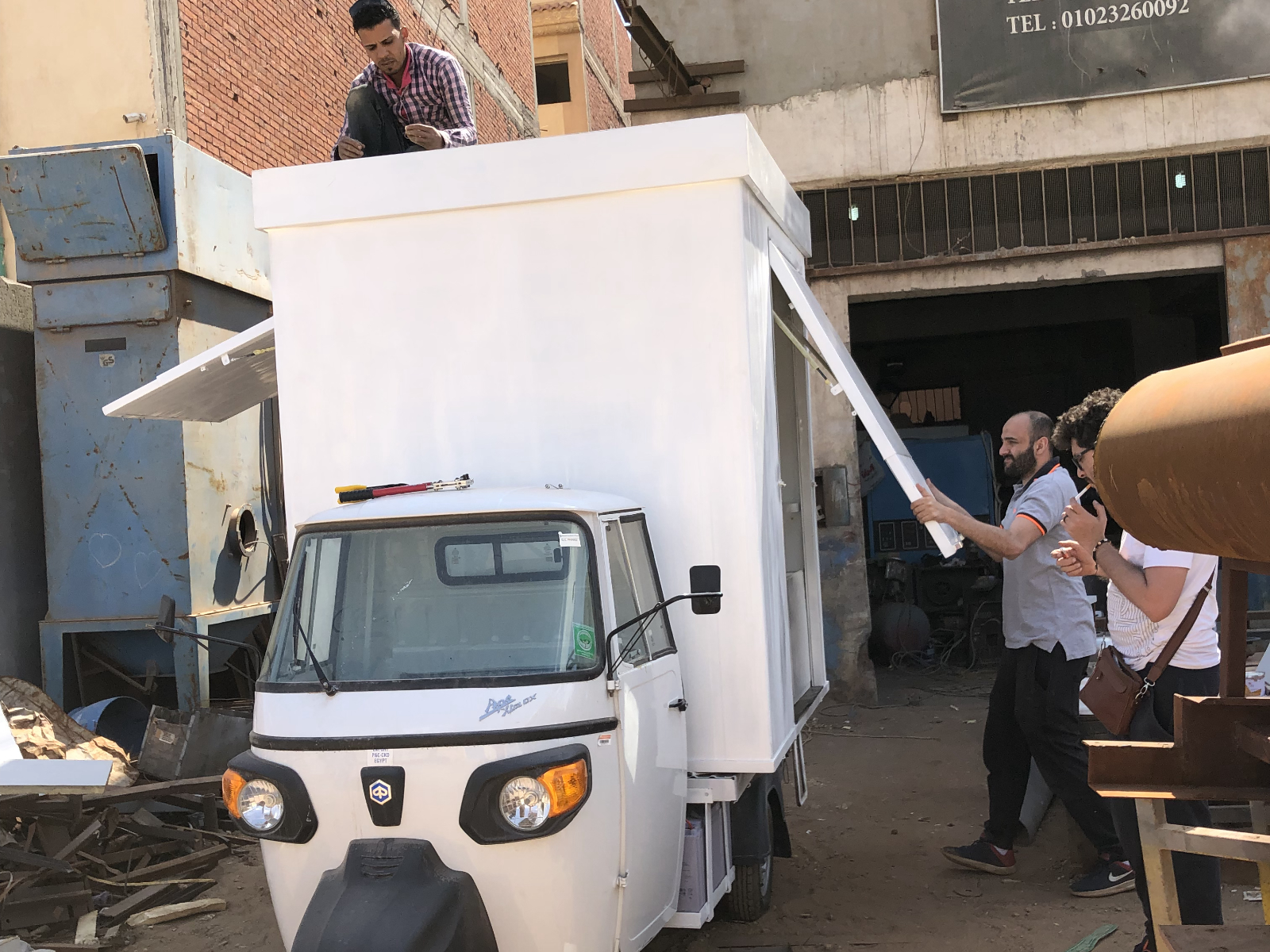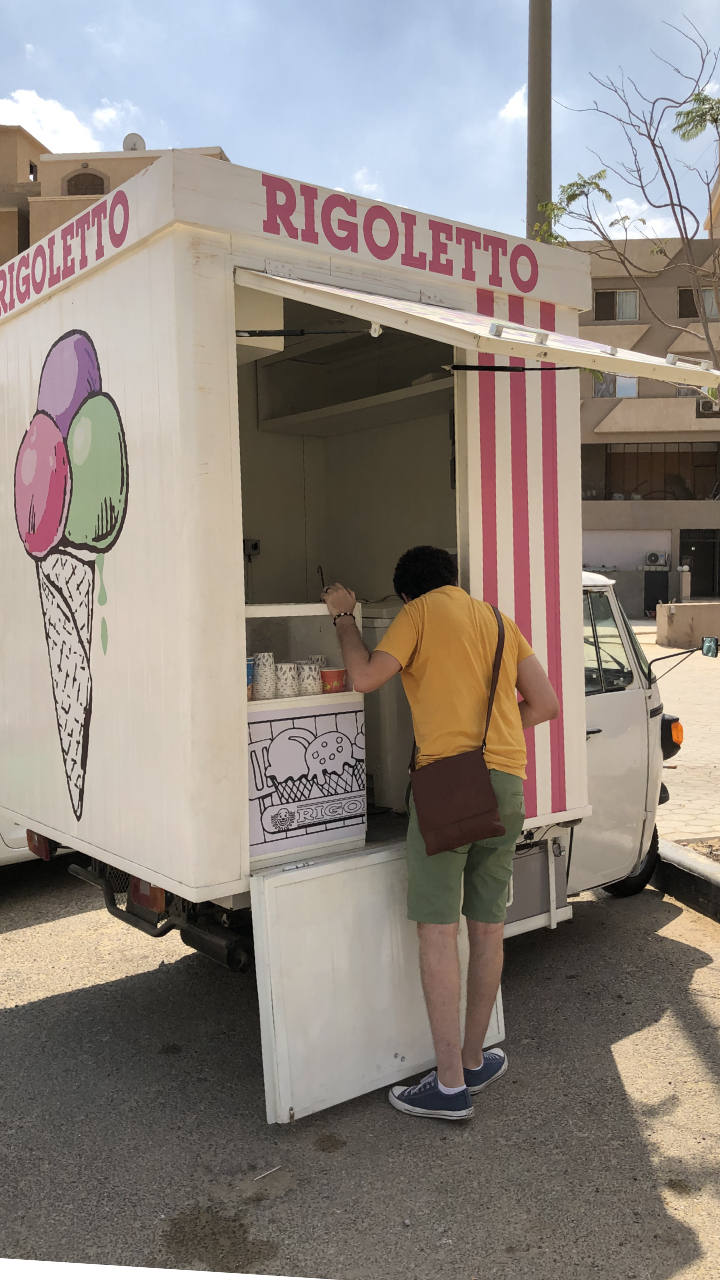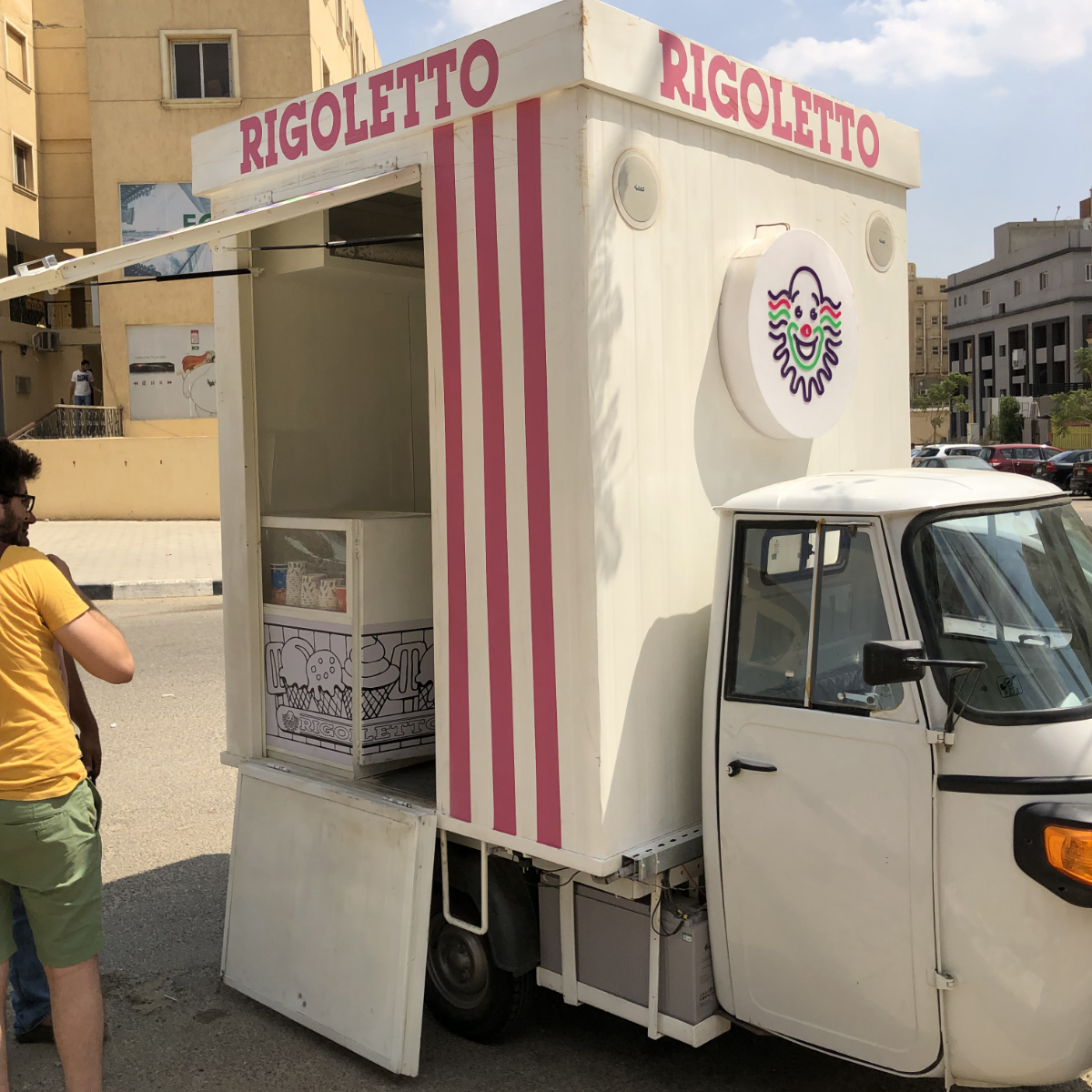Team
Ashraf Tawakkol
Islam Rizq
Mostafa Abualgough
Tags
Creative Process
The Vision in Design (ViD) methodology is a creative process used in design and product development. It centers on creating a clear and comprehensive vision for a project before diving into the specifics of design. ViD emphasizes understanding the broader context, user needs, and project goals as a foundational step.
Our research took us down multiple avenues, from traditional methods for mobile ice cream carts to a deep dive into the culture of ice cream itself. We examined the existing design of the ice cream bike and explored alternative solutions.
Our brainstorming sessions were extensive and enjoyable. The solution to the power challenge was evident from the start – solar panels. Working closely with our friends at SolaRing, we crafted an efficient configuration. However, it introduced a new problem – the sheer weight of the entire setup. We observed and interviewed the salespeople from our customer’s brand and others in the industry. We discovered that their primary concern was not just power but the cumbersome weight they had to manage while pedaling the bike. Fearful of losing their jobs, they opted to push the heavy bikes instead.
As we explored various options for adding a motor to the new design, we delved into electric karts. This offered the potential for a completely green mobile ice cream solution. The initial designs showed promise, but the customer’s budget was a pressing concern.
Given the shared budget constraints, we agreed to start with solar power for the fridge while using traditional motors for the bike’s propulsion. The plan was to transition to electric drive as the brand expanded.
Research
A thorough investigation into the project’s environment, users, and market, ensures that we have a deep understanding of the context.
Conceptualization
Creating a vision that encompasses the essence of the project, often involving brainstorming, ideation, and exploring various creative concepts.
Defining Objectives
Establishing clear project objectives and goals, including the problem to be solved, the target audience, and the desired outcomes.
Design and Development
Once the vision is established, the detailed design and development phases follow, guided by the vision to ensure alignment with the overarching goals.
Final Design
cThe final design featured the Piaggio Ape as the primary mode of transportation, with the Ice Cream Cabin mounted on its rear. This design enabled the joy of ice cream anytime and anywhere. The ice cream remained perfectly chilled thanks to solar power, and the cabin proudly sported the brand’s colors, complete with a playful jingle that served as a delightful ice cream alert for both adults and children alike. It was clear – it was always ice cream time.
Piaggio Ape
Simple Design
Solar Powered Fridge
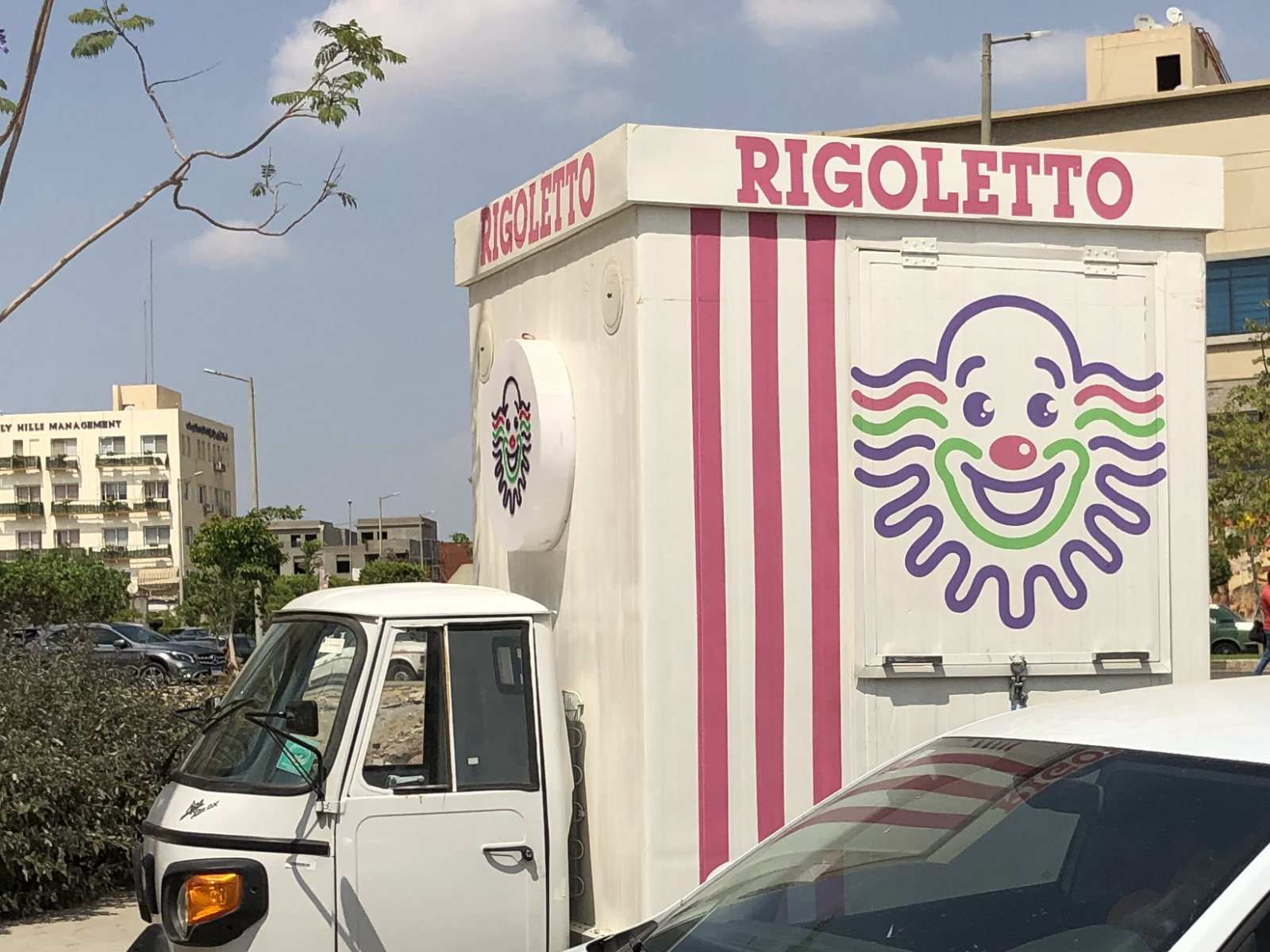
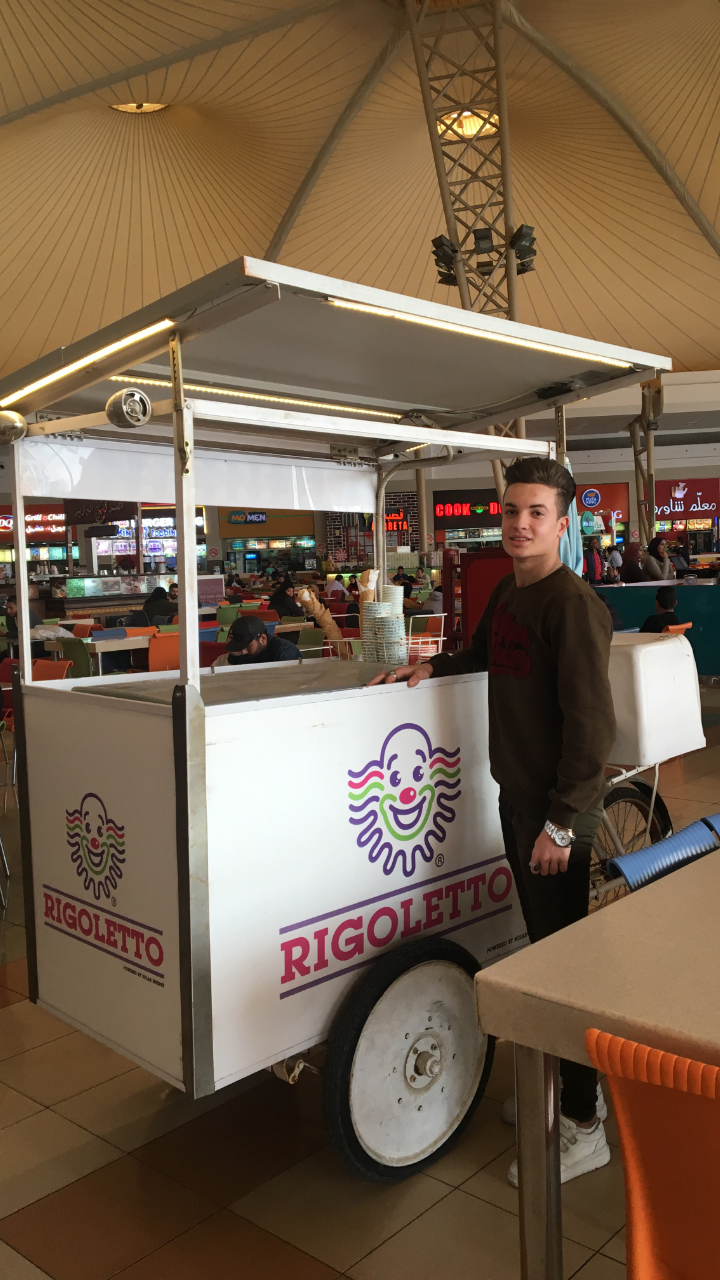
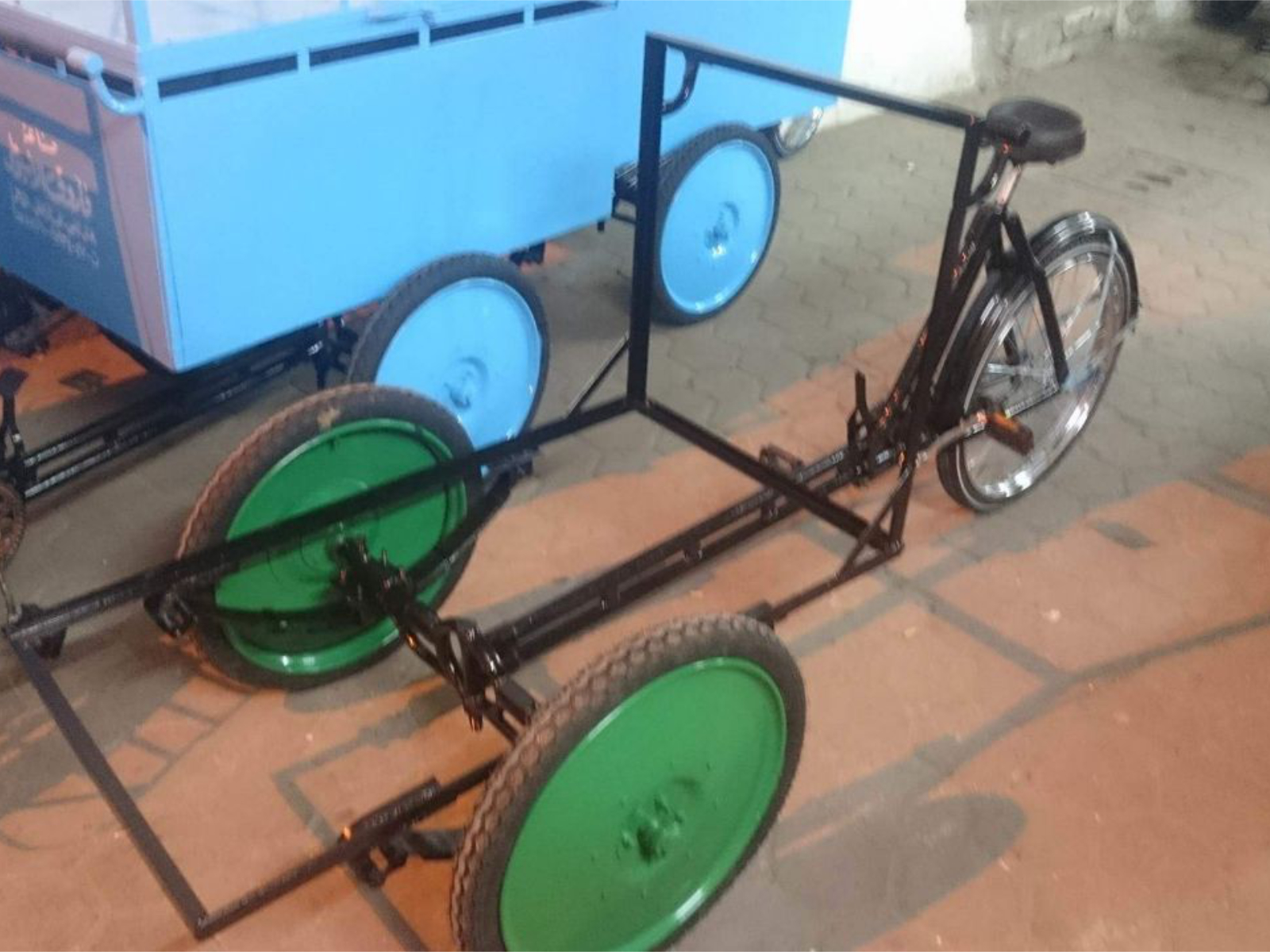
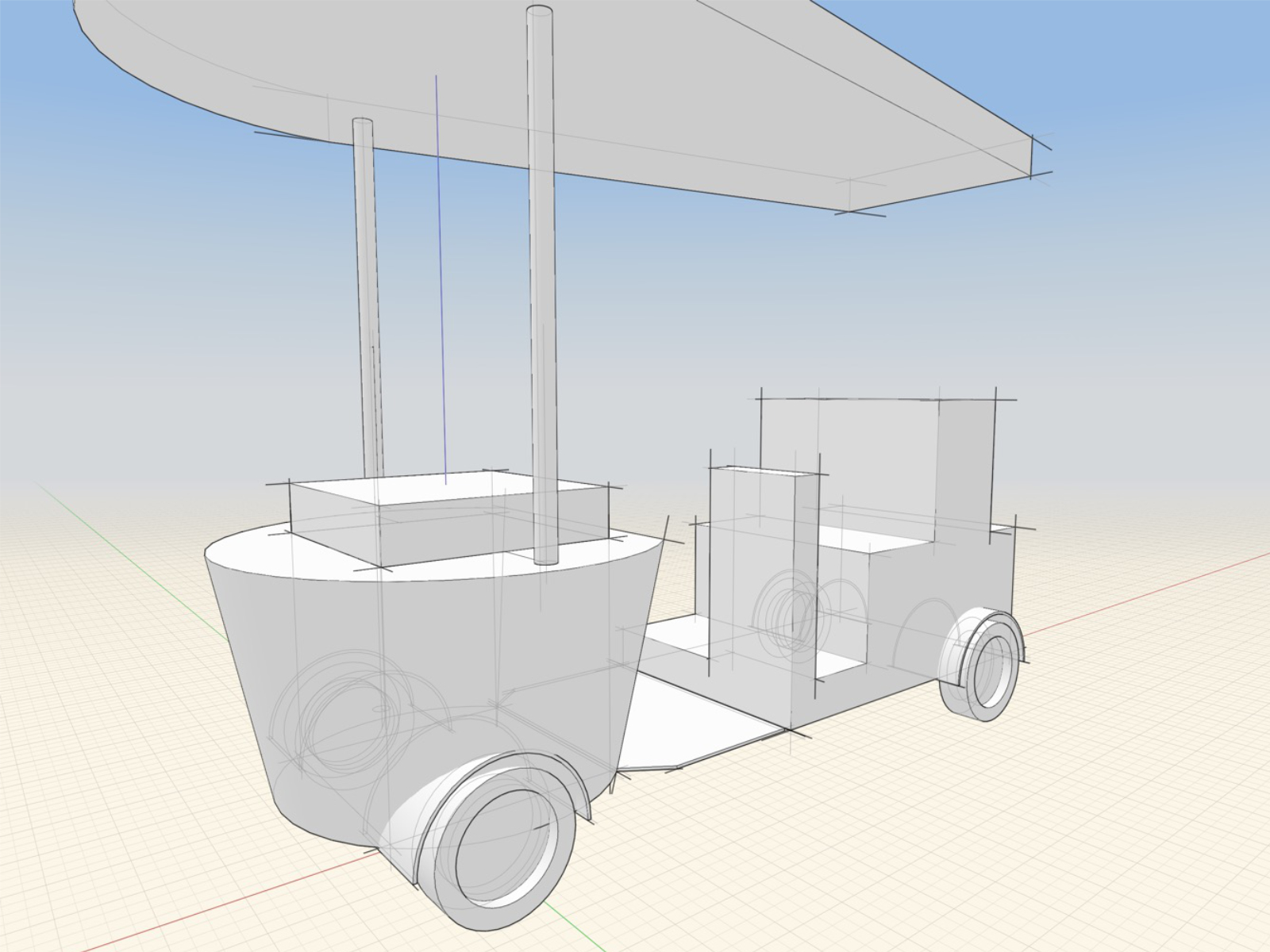
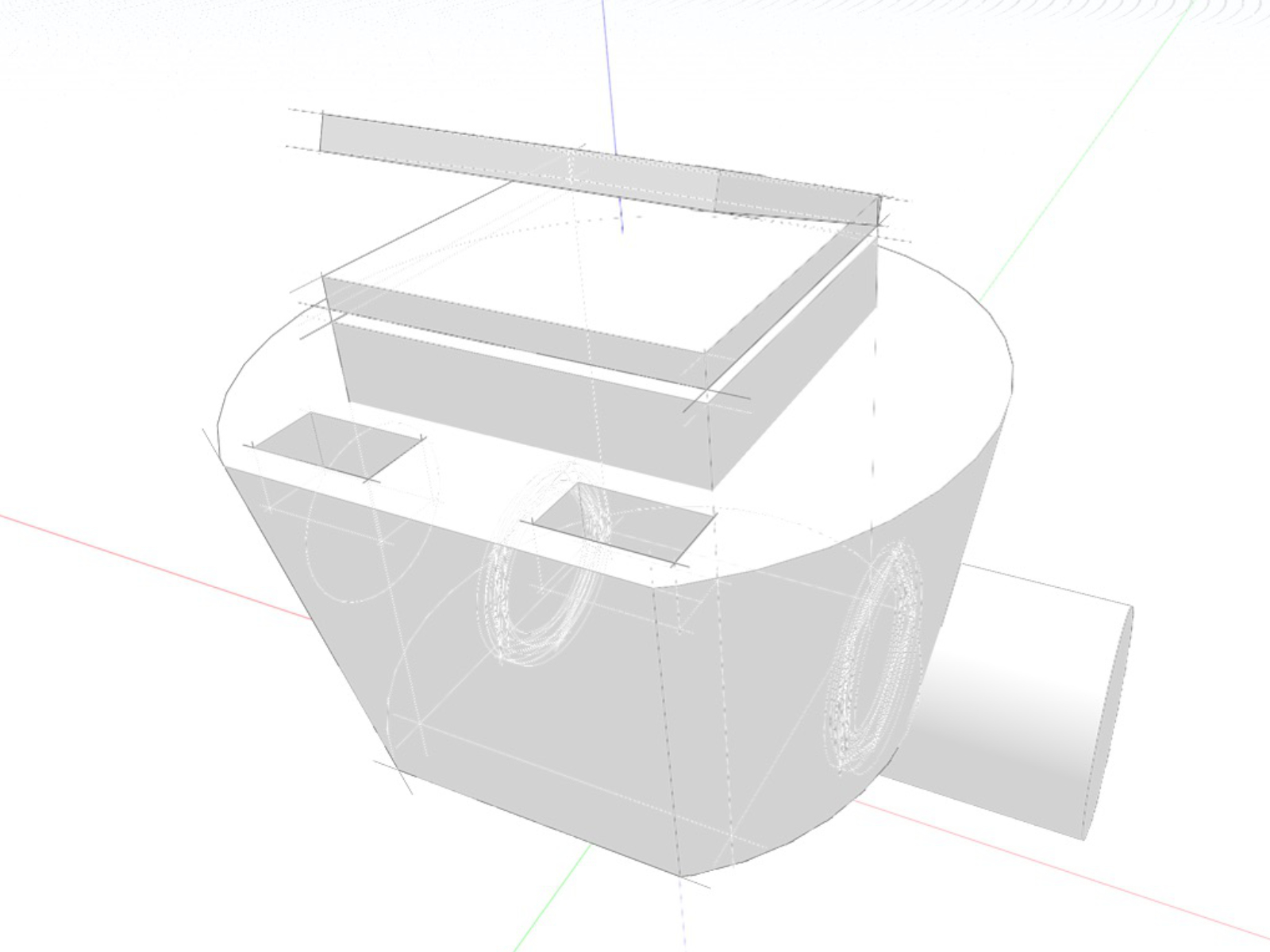
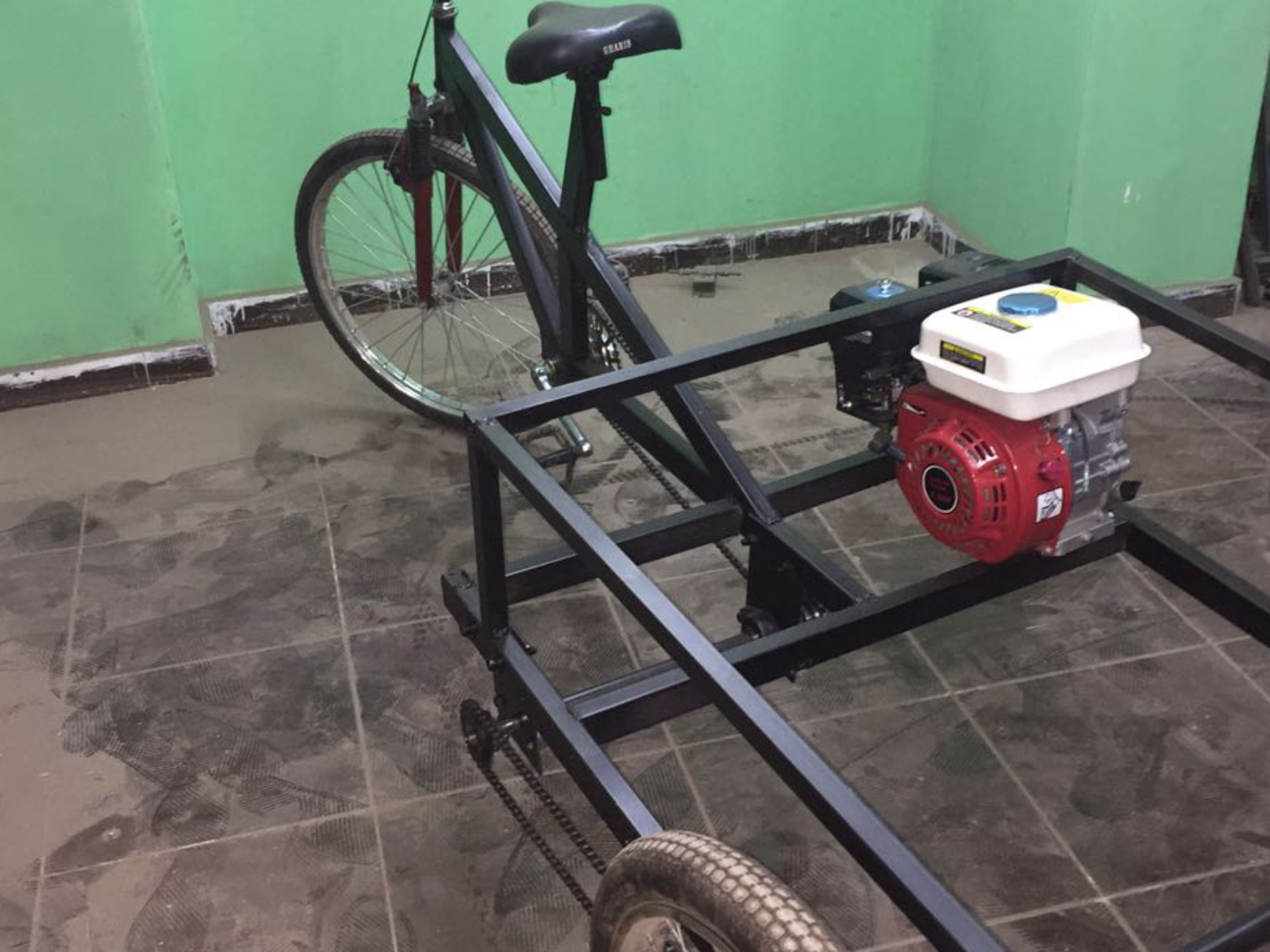
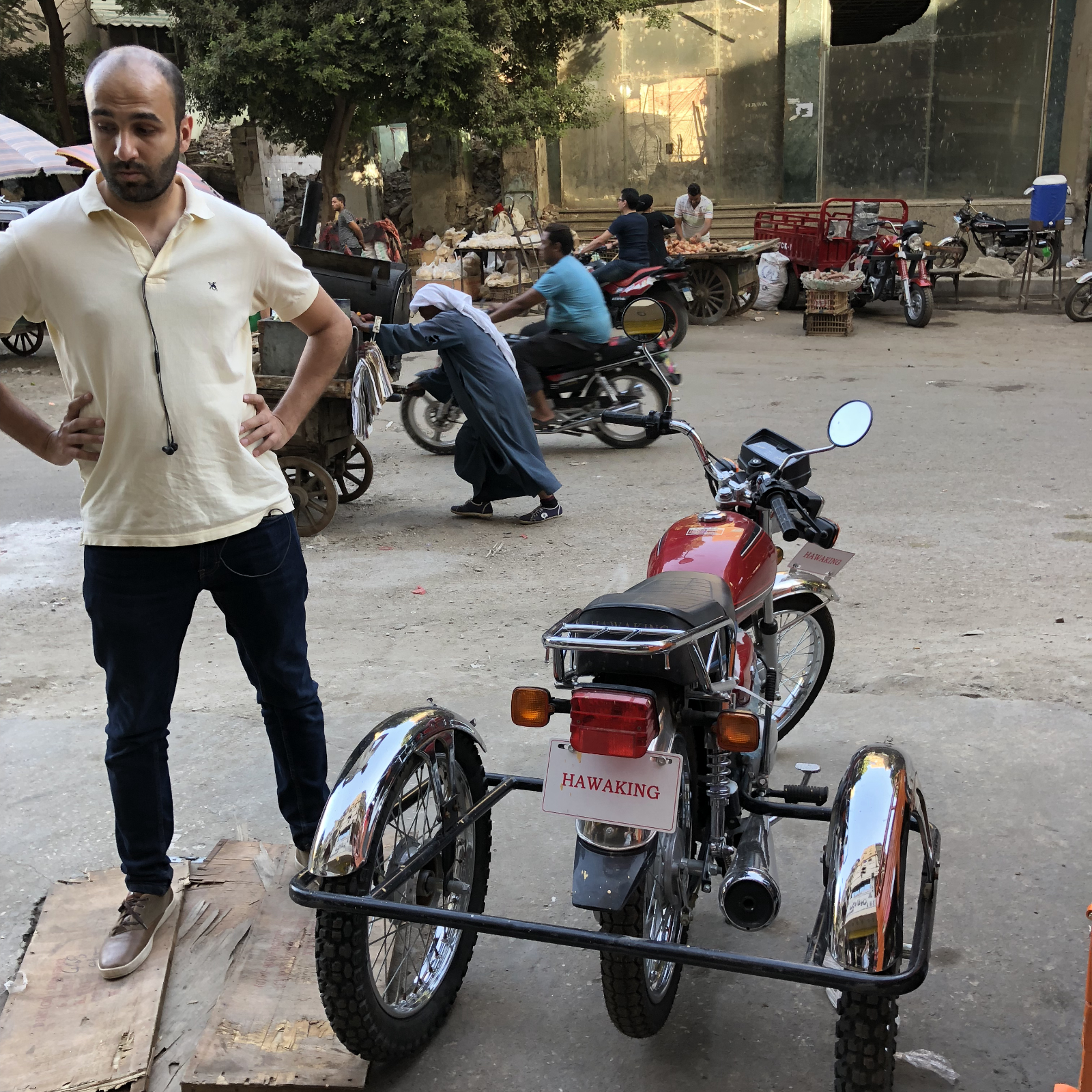
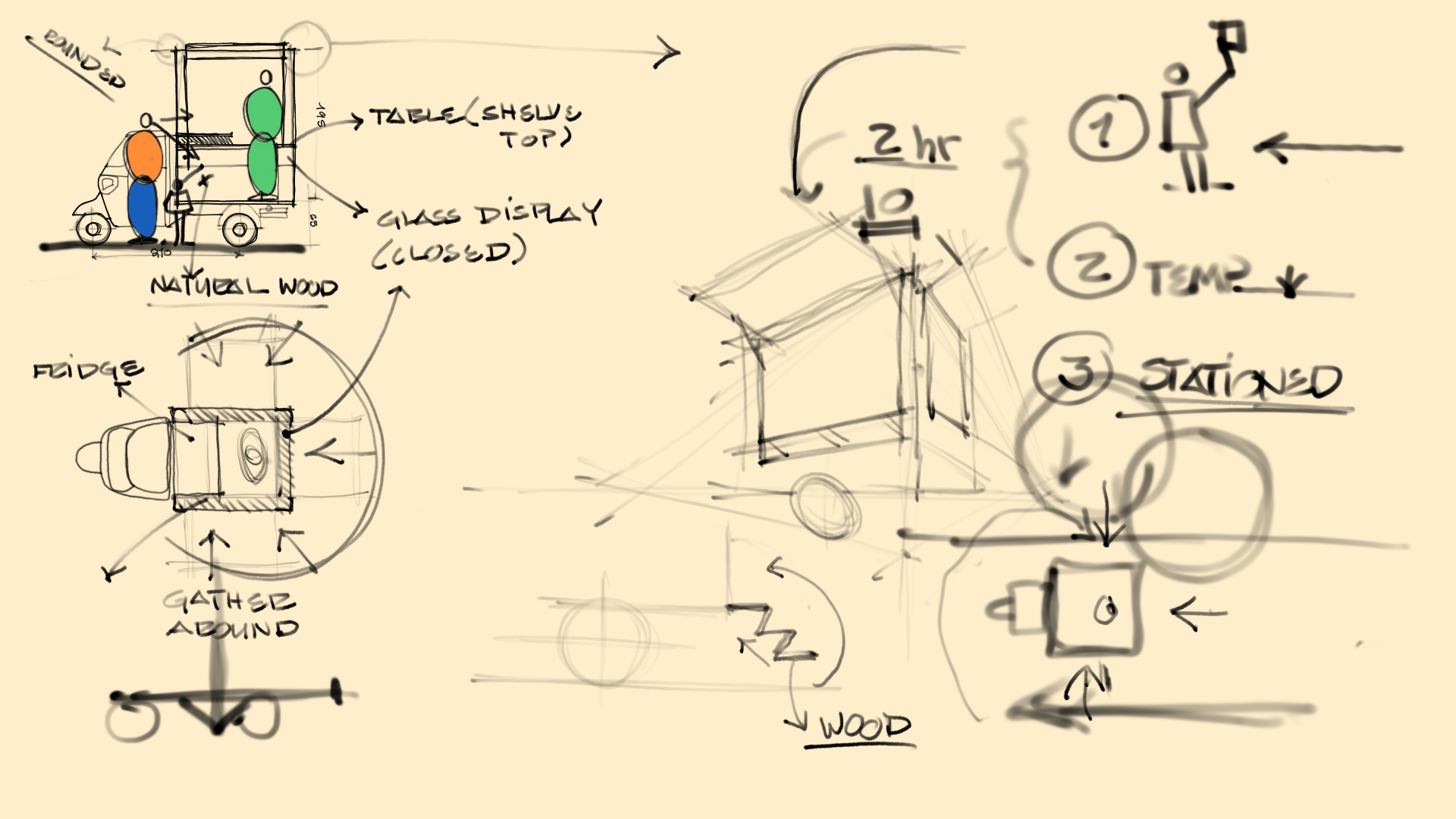
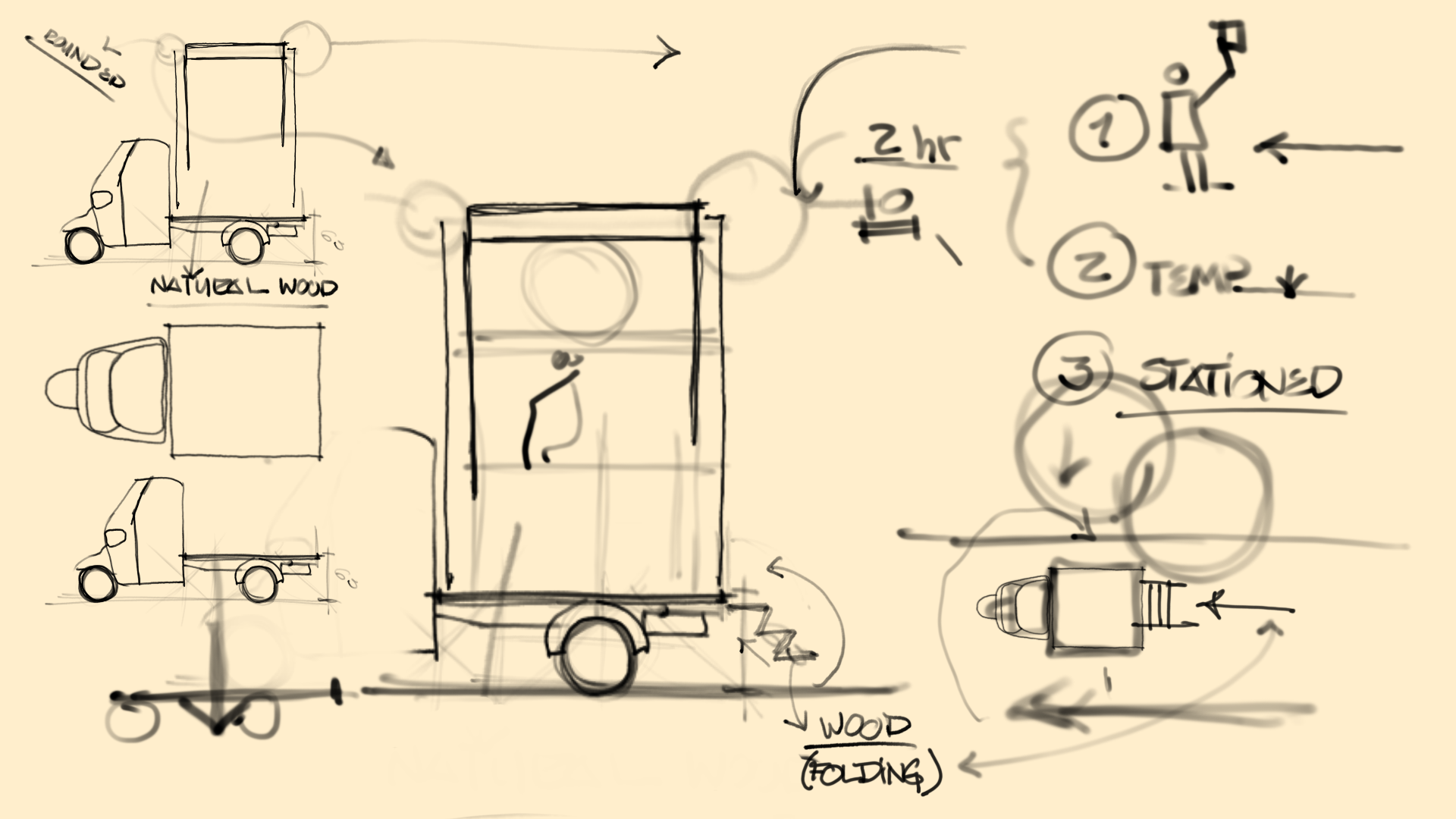
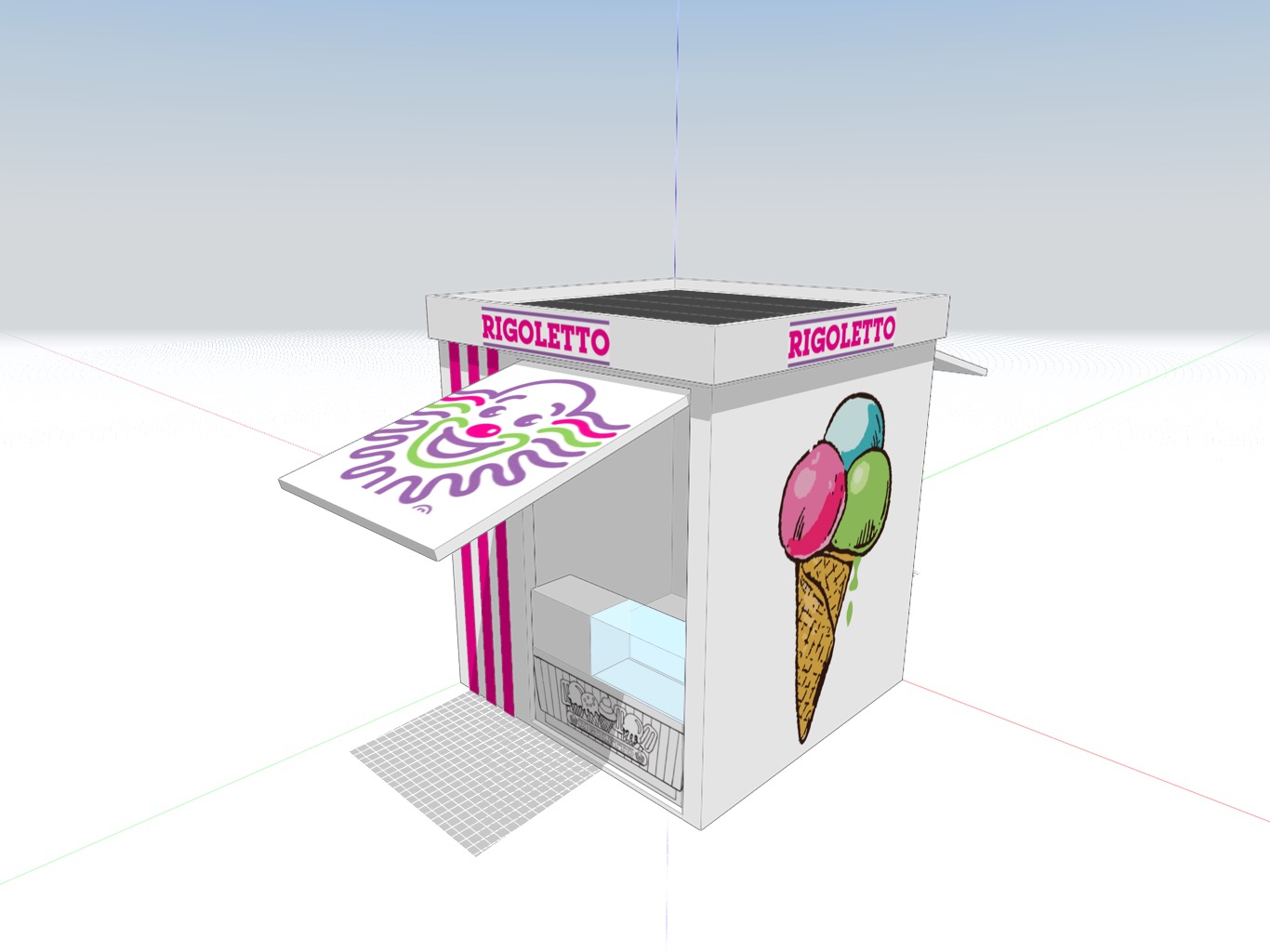
The ViD methodology helps ensure that design decisions are purpose-driven and that the end product or solution aligns with the intended vision. It encourages a holistic approach to design, focusing on more than just aesthetics and functionality, and aims to create a meaningful, user-centered, and innovative outcome.
Let’s Start Something new
Say Hello!
How will you join us in reimagining the world, one captivating story at a time?
Start discovering the Intersection difference today.
